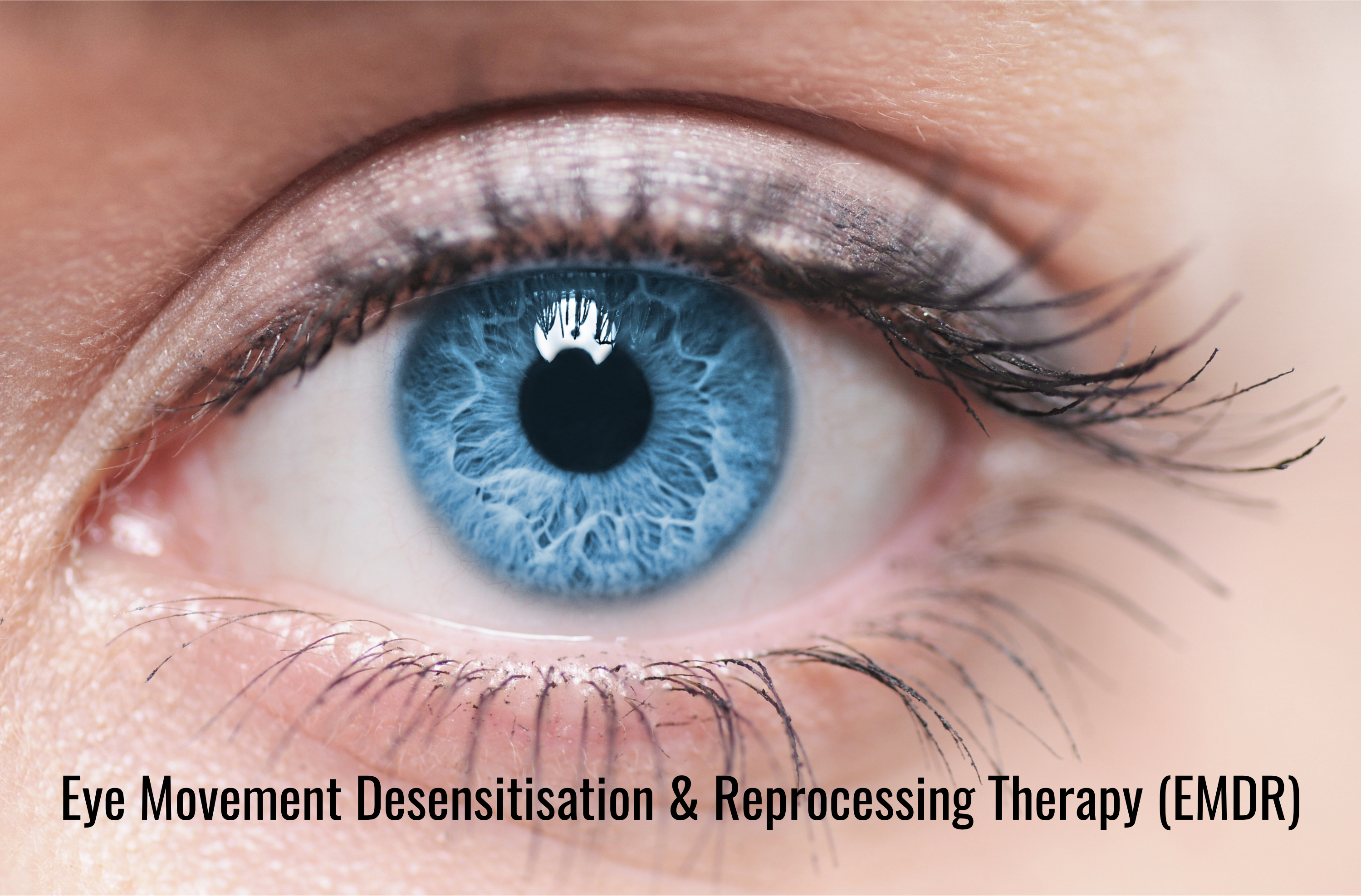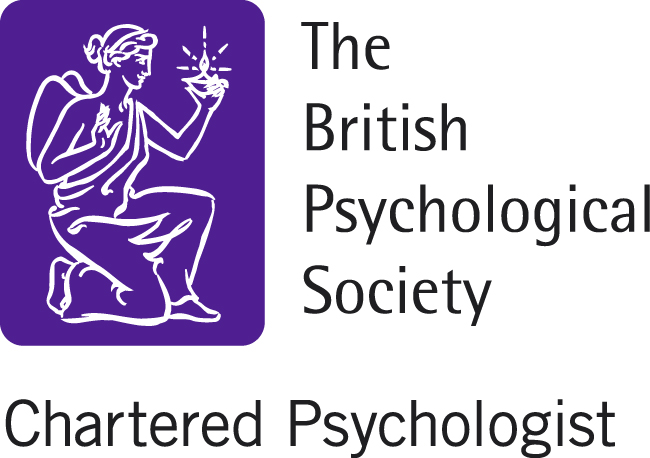Eye Movement Desensitisation & Reprocessing Therapy (EMDR):
I am an EMDR Therapist. I have undergone EMDR Europe accredited training, and I receive specialist supervision in delivering this type of therapy.
What is EMDR?
Eye Movement Desensitisation and Reprocessing (EMDR) therapy is a type of psychological therapy, which has been extensively researched and proven effective for the treatment of trauma.
Trauma can result from experiencing an extraordinarily stressful event (e.g. a medical emergency, exposure to combat, road traffic, home or workplace accidents, childbirth, divorce, bereavement, or a physical or sexual assault). It can also result from multiple traumatic events being suffered over time, such as prolonged neglect or abuse. It can even occur from witnessing another person or people undergoing a stressful or frightening event, known as vicarious trauma.
EMDR is now a recommended trauma treatment in a number of national and international guidelines, including the World Health Organisation, the International Society for Traumatic Stress Studies, the American Psychiatric Association, the UK Psychological Trauma Society, and the guidelines of the National Institute for Health and Care Excellence (NICE), which inform and guide the provision of evidence-based healthcare services.
How does EMDR work?
When we experience a traumatic event, our usual ability to process the information is affected and the distressing memories can become stuck. When this has happened, people often report re-experiencing the trauma in different ways. This could be through distressing dreams, flashbacks, intrusive thoughts, unhelpful beliefs, intense feelings or behaviour linked to the trauma.
EMDR, through the use of eye movements or stimulating both sides of the body through the use of tapping (known as bilateral stimulation) can allow an individual to reprocess their memories, reduce distress, update unhelpful beliefs, and make a good recovery from traumatic experiences.
It is thought that the neurological processing of memories that occurs during EMDR is similar to what happens naturally during rapid eye movement (REM) sleep.
Delivery of EMDR
EMDR, like all psychological therapies, begins with a thorough assessment to understand how past experiences might be impacting on everyday life in the present and blocking the attainment of future goals.
Client and Therapist agree on a number of possible “target” memories for EMDR processing. The Therapist will ensure that the client has the resources they need to cope with the emotional distress that may arise in the healing process.
For each memory, a visual image connected to the memory is usually identified, along with what the individual believes this says about them as a person, their related emotions, and bodily sensations. Importantly, alternative positive beliefs about self, in relation to the target memory, are identified. Target memories are worked through in turn, with the use of repeated bilateral stimulation, until the memories are no longer distressing.
For the treatment of Post Traumatic Stress Disorder (PTSD) EMDR is typically provided over 8 to 12 sessions. More sessions are usually clinically indicated when an individual has experienced multiple traumas.
Alongside the treatment of trauma, on going research studies are finding EMDR to also be helpful in overcoming a wide range of other difficulties in which disturbing memories contribute to distress, including different types of anxiety (e.g. phobias, OCD and BDD, social anxiety and health anxiety) and depression.
If you wish to engage in a course of EMDR, get in touch in absolute confidence by telephone: 07552 867010 or email:





